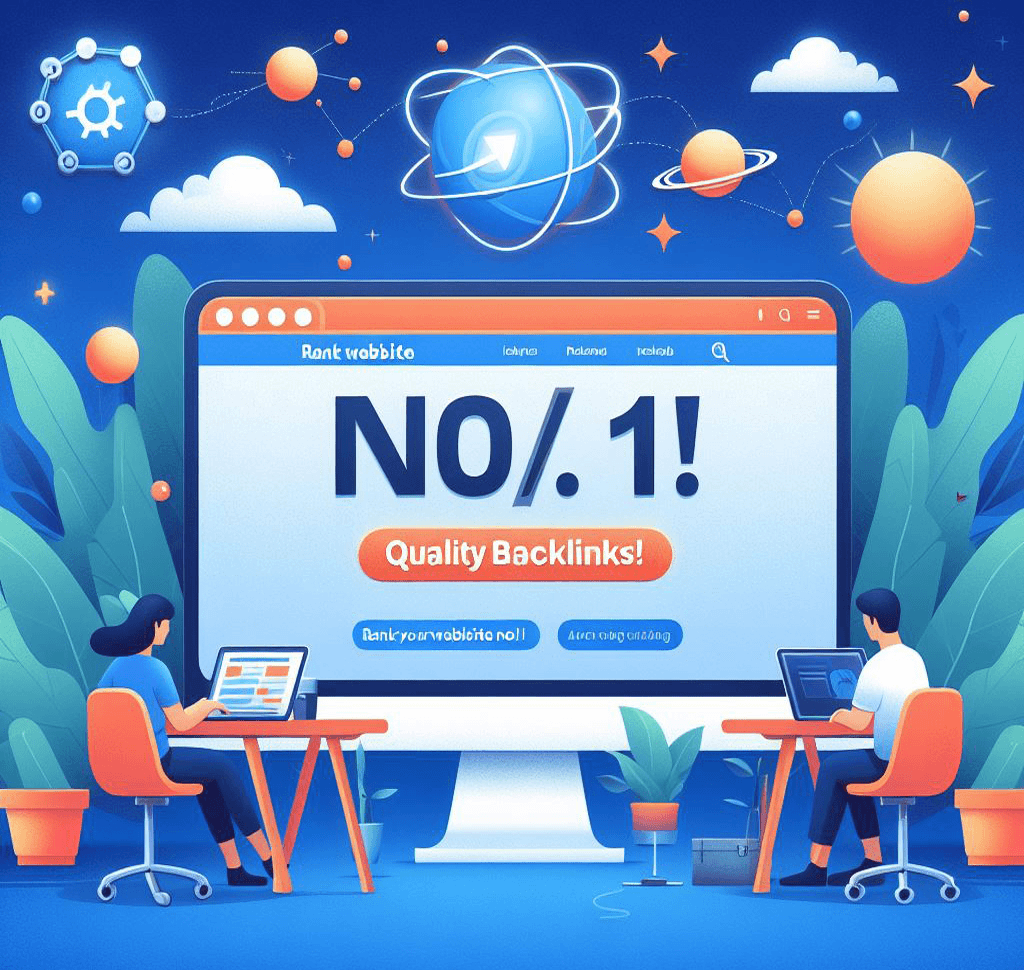Object-Oriented Programming (OOP) is a programming paradigm that focuses on the concept of objects, which can contain data and code to manipulate that data. It is a widely used approach in software development as it promotes modularity, reusability, and maintainability of code.
Key Concepts of OOP
There are four key concepts in OOP:
- Encapsulation: Encapsulation refers to the bundling of data and methods within a single unit, called an object. It allows for data hiding, preventing direct access to the internal state of an object. Instead, access to the object’s data is controlled through methods, ensuring data integrity and security.
- Inheritance: Inheritance allows objects to inherit properties and behaviors from a parent class. It promotes code reuse and hierarchical organization of classes. A subclass can inherit the attributes and methods of its parent class, and can also override or add new functionality.
- Polymorphism: Polymorphism allows objects of different classes to be treated as objects of a common superclass. It enables the use of a single interface to represent different types of objects, providing flexibility and extensibility in code design. Polymorphism is often achieved through method overriding and method overloading.
- Abstraction: Abstraction refers to the process of simplifying complex systems by breaking them down into smaller, more manageable units. In OOP, abstraction is achieved through abstract classes and interfaces. Abstract classes define common attributes and behaviors for subclasses to inherit, while interfaces define a contract that classes must adhere to.
Benefits of OOP
OOP offers several benefits that make it a popular choice for software development:
- Modularity: OOP promotes modularity by encapsulating data and methods within objects. This allows for easier code organization and maintenance, as changes made to one object do not affect other parts of the code.
- Reusability: OOP encourages code reuse through inheritance and polymorphism. Existing classes can be extended or modified to create new classes, reducing the need to write code from scratch.
- Maintainability: OOP’s modular and reusable nature makes code easier to maintain. Changes or bug fixes can be made to specific objects or classes without affecting the entire codebase.
- Scalability: OOP allows for the creation of complex systems by breaking them down into smaller, manageable objects. This makes it easier to scale and extend the functionality of the codebase.
- Code Organization: OOP promotes a structured approach to coding, making it easier to understand and navigate. Objects and their relationships can be represented visually, aiding in code comprehension.
Examples of OOP Languages
There are several programming languages that support OOP concepts:
- Java: Java is a widely used OOP language known for its platform independence and extensive libraries. It follows a strict OOP approach with support for encapsulation, inheritance, polymorphism, and abstraction.
- C++: C++ is a powerful OOP language that combines features from C and Simula. It supports all OOP concepts and provides low-level control, making it suitable for system programming and performance-critical applications.
- Python: Python is a popular OOP language known for its simplicity and readability. It supports OOP concepts through classes and objects, and also allows for procedural and functional programming.
- C#: C# is a modern OOP language developed by Microsoft. It is similar to Java and provides extensive support for OOP concepts, along with features like garbage collection and asynchronous programming.
- Ruby: Ruby is a dynamic, reflective OOP language known for its elegant syntax. It follows a pure OOP approach and emphasizes code simplicity and expressiveness.
Conclusion
Object-Oriented Programming (OOP) is a powerful programming paradigm that promotes code modularity, reusability, and maintainability. By understanding the key concepts of encapsulation, inheritance, polymorphism, and abstraction, developers can leverage the benefits of OOP to create robust and scalable software systems. With the availability of OOP languages like Java, C++, Python, C#, and Ruby, developers have a wide range of options to choose from when implementing OOP principles in their projects.



